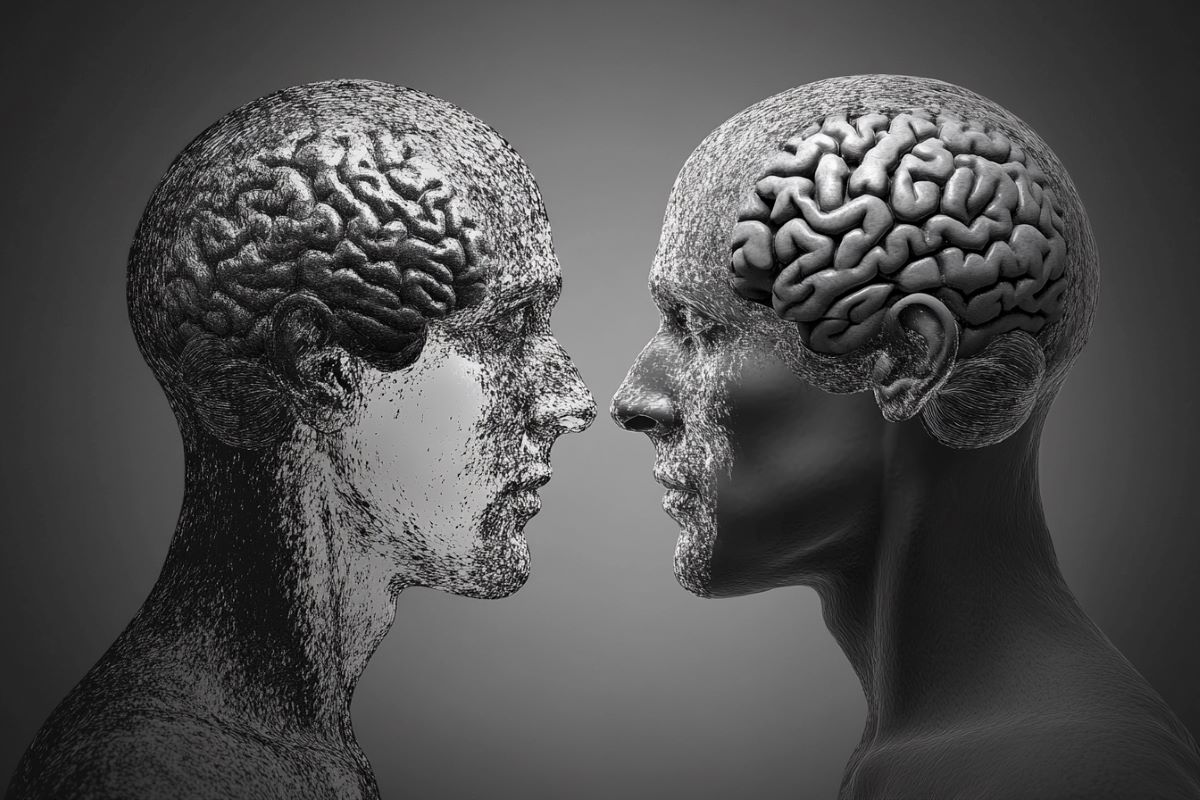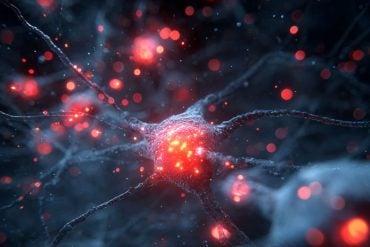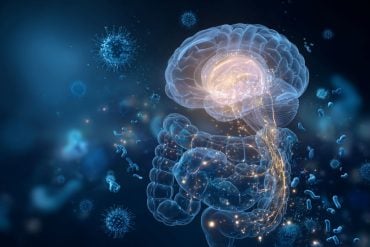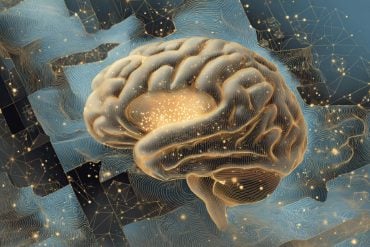Summary: Researchers have identified brain mechanisms that help animals suppress instinctive fear responses when threats prove harmless over time.
Using a visual threat model in mice, they found that specific areas of the visual cortex are necessary for learning to override fear, but not for storing the memory. Instead, the ventrolateral geniculate nucleus (vLGN) retains these learning-induced memories, regulating fear suppression. The process is driven by endocannabinoids, which enhance neural activity in vLGN neurons to reduce fear reactions.
These findings challenge traditional views of memory storage and highlight a direct link between cognitive learning and instinctive behaviors. Understanding this mechanism could lead to new treatments for fear-related disorders such as phobias, anxiety, and PTSD.
Key Facts:
- Fear Suppression Memory: The vLGN, not the visual cortex, stores learned fear suppression responses.
- Neural Mechanism: Endocannabinoids regulate vLGN neurons, increasing activity to reduce fear reactions.
- Therapeutic Potential: Targeting vLGN circuits or endocannabinoid pathways could lead to new treatments for anxiety and PTSD.
Source: Sainsbury Wellcome Center
Researchers at the Sainsbury Wellcome Centre (SWC) at UCL have unveiled the precise brain mechanisms that enable animals to overcome instinctive fears.
Published today in Science, the study in mice could have implications for developing therapeutics for fear-related disorders such as phobias, anxiety and post-traumatic stress disorder (PTSD).

The research team, led by Dr Sara Mederos and Professor Sonja Hofer, mapped out how the brain learns to suppress responses to perceived threats that prove harmless over time.
“Humans are born with instinctive fear reactions, such as responses to loud noises or fast-approaching objects,” explains Dr Mederos, Research Fellow in the Hofer Lab at SWC.
“However, we can override these instinctive responses through experience – like children learning to enjoy fireworks rather than fear their loud bangs. We wanted to understand the brain mechanisms that underlie such forms of learning”.
Using an innovative experimental approach, the team studied mice presented with an overhead expanding shadow that mimicked an approaching aerial predator. Initially, the mice sought shelter when encountering this visual threat.
However, with repeated exposure and no actual danger, the mice learned to remain calm instead of escaping, providing researchers with a model to study the suppression of fear responses.
Based on previous work in the Hofer Lab, the team knew that an area of the brain called the ventrolateral geniculate nucleus (vLGN) could suppress fear reactions when active and was able to track knowledge of previous experience of threat.
The vLGN also receives strong input from visual areas in the cerebral cortex, and so the researchers explored whether this neural pathway had a role in learning not to fear a visual threat.
The study revealed two key components in this learning process: (1) specific regions of the visual cortex proved essential for the learning process, and (2) a brain structure called the ventrolateral geniculate nucleus (vLGN) stores these learning-induced memories.
“We found that animals failed to learn to suppress their fear responses when specific cortical visual areas where inactivated. However, once the animals had already learned to stop escaping, the cerebral cortex was no longer necessary,” explained Dr Mederos.
“Our results challenge traditional views about learning and memory,” notes Professor Hofer, senior author of the study.
“While the cerebral cortex has long been considered the brain’s primary centre for learning, memory and behavioural flexibility, we found the subcortical vLGN and not the visual cortex actually stores these crucial memories.
“This neural pathway can provide a link between cognitive neocortical processes and ‘hard-wired’ brainstem-mediated behaviours, enabling animals to adapt instinctive behaviours.”
The researchers also uncovered the cellular and molecular mechanisms behind this process. Learning occurs through increased neural activity in specific vLGN neurons, triggered by the release of endocannabinoids – brain-internal messenger molecules known to regulate mood and memory.
This release decreases inhibitory input to vLGN neurons, resulting in heightened activity in this brain area when the visual threat stimulus is encountered, which suppresses fear responses.
The implications of this discovery extend beyond the laboratory.
“Our findings could also help advance our understanding of what is going wrong in the brain when fear response regulation is impaired in conditions such as phobias, anxiety and PTSD. While instinctive fear reactions to predators may be less relevant for modern humans, the brain pathway we discovered exists in humans too,” explains Professor Hofer.
“This could open new avenues for treating fear disorders by targeting vLGN circuits or localised endocannabinoid systems.”
The research team is now planning to collaborate with clinical researchers to study these brain circuits in humans, with the hope of someday developing new, targeted treatments for maladaptive fear responses and anxiety disorders.
Funding: This research was funded by the Sainsbury Wellcome Centre core grant from the Gatsby Charity Foundation and Wellcome (090843/F/09/Z); a Wellcome Investigator Award (219561/Z/19/Z); an EMBO postdoctoral fellowship (EMBO ALTF 327-2021) and a Wellcome Early Career Award (225708/Z/22/Z).
About this fear and neuroscience research news
Author: April Cashin-Garbutt
Source: Sainsbury Wellcome Center
Contact: April Cashin-Garbutt – Sainsbury Wellcome Center
Image: The image is credited to Neuroscience News
Original Research: Closed access.
“Overwriting an instinct: Visual cortex instructs learning to suppress fear responses” by Sara Mederos et al. Science
Abstract
Overwriting an instinct: Visual cortex instructs learning to suppress fear responses
Fast instinctive responses to environmental stimuli can be crucial for survival but are not always optimal. Animals can adapt their behavior and suppress instinctive reactions, but the neural pathways mediating such ethologically relevant forms of learning remain unclear.
We found that posterolateral higher visual areas (plHVAs) are crucial for learning to suppress escapes from innate visual threats through a top-down pathway to the ventrolateral geniculate nucleus (vLGN). plHVAs are no longer necessary after learning; instead, the learned behavior relies on plasticity within vLGN populations that exert inhibitory control over escape responses.
vLGN neurons receiving input from plHVAs enhance their responses to visual threat stimuli during learning through endocannabinoid-mediated long-term suppression of their inhibitory inputs.
We thus reveal the detailed circuit, cellular, and synaptic mechanisms underlying experience-dependent suppression of fear responses.






